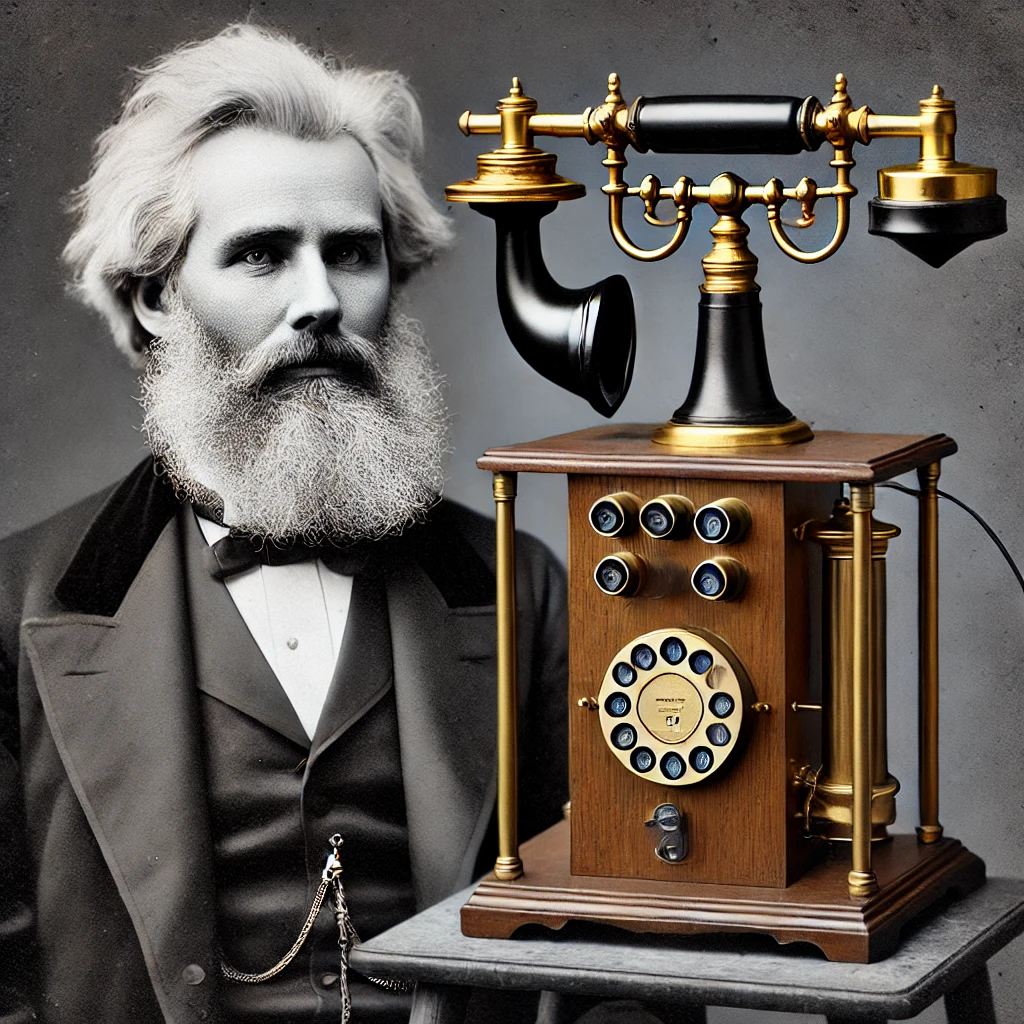Introduction
What if, at work, you needed to patiently wait for three to four days or even a week to get a reply from your client or manager? Quickly handling issues and solving challenges would be extremely difficult. Yet, this was the reality of communication in the past. In the 19th century, two major inventions changed the way people communicated over the years. The telegraph and the telephone were major tools that made instant communication over long distances possible.
Over the years, the tools and technology used for communication have progressed. Innovations like the Internet, emails, smartphones, and instant messaging have continued to evolve communication. Now, thanks to instant video calling, we can talk face-to-face with anyone in the world. The concept of video calling plays a major role in how businesses and individuals operate globally. Many enterprises rely on instant communication and find it essential to have long-distance communication accessible. In this article, we’ll explore the evolution of communication and how, as a society, we’ve come to depend on technologies that enable instant communication.

It All Started With Cave Paintings
Cave paintings and drawings are the oldest forms of human communication ever recorded. Cave paintings on the walls of the Chauvet Cave in France are believed to be the oldest known to man, dating to around 30,000 BCE. Most cave paintings are just black outlines made using charcoal. However, in some paintings, there are red shades alongside the black outlines. The red shades were created using earthy forms of hematite, also known as red ochre. Though the exact purpose of cave paintings is yet to be discovered, it is believed that these paintings were created for rituals such as hunting and religious practices.

From cave paintings, the mode of communication shifted to symbols. The symbols then turned to pictograms that used simple images to represent ideas visually. Finally came the alphabet, and people started to write on rocks. After the invention of the quill, people started communicating more through handwritten letters. The quill remained the primary writing tool until the 19th century, even though Johannes Gutenberg invented the printing press in 1440. It wasn’t until the 19th century, however, that efficient and affordable printing presses were widely adopted in industries. The printing press sped up communication and the spread of information. It eliminated the need to manually copy scripts multiple times. Printed materials were then used to share and disseminate knowledge across different parts of the world.
The 19th Century Brought Along a Communication Revolution
Though the printing press revolutionised communication, it still required massive manpower to pass along and distribute information. Then came the invention of the telegraph - the starting point of long-distance communication. It was the first electrical telecommunication system that was used to send text messages. During the same period, Morse code was invented. Morse code made telegraphs easy to use. Together they became a primary communication device during World War II.
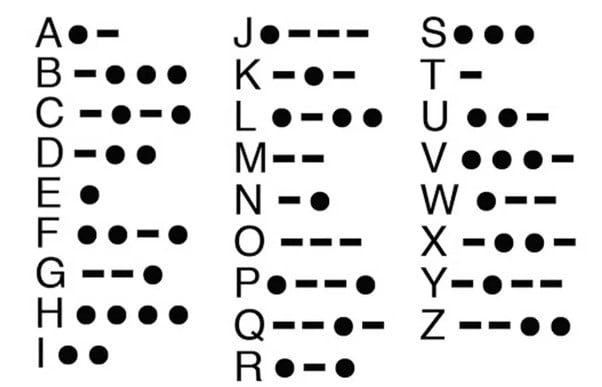
Soon after, the Industrial Revolution paved the way for yet another important invention: the telephone. Alexander Graham Bell’s invention of the telephone in 1869 laid a foundation for long-distance communication and provided a much-needed breakthrough in connecting people wirelessly. Interestingly, Graham Bell’s idea for the telephone was inspired by his deaf mother. Until further advancements were made in the 20th century, Graham Bell’s telephone remained a popular model in the communication industry.
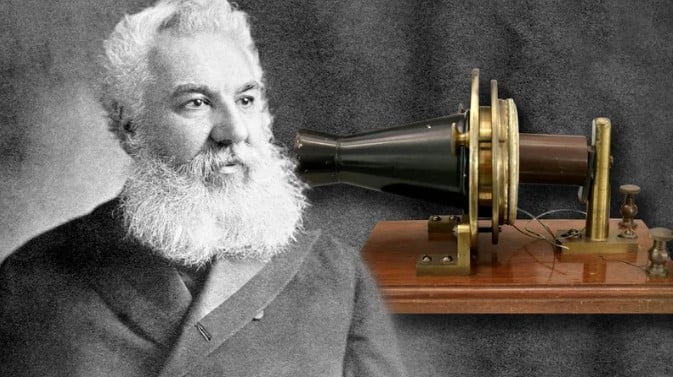
Ushering in the Golden Age of Communication: The 20th Century
On one hand, the 19th century had a significant impact on mass and wireless communication. On the other hand, the 20th century underwent a major change related to digital and long-distance communication. Rest assured, both centuries were key to developing the communication technology we use today. For instance, the invention of the radio and television mark a vital step in communication methods. When radio and television were commercialised, it helped people send and receive information efficiently, making long-distance communication more accessible than ever before.
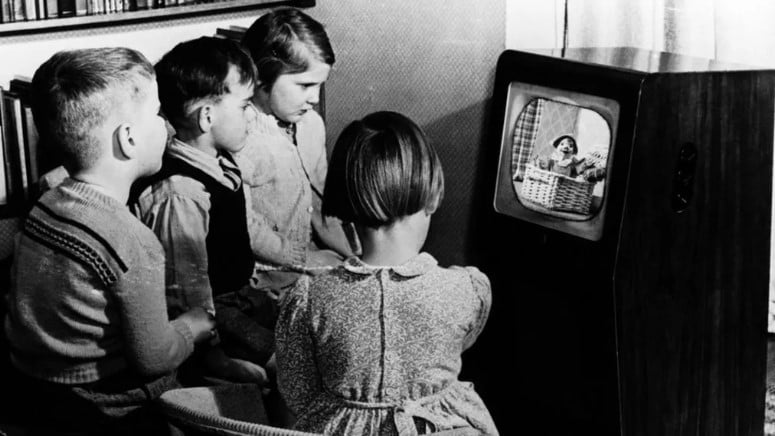
As printing technology grew more advanced, newspapers started to gain more attention. During the First World War, newspapers were the only source of communication for common people. In the mid-20th century, the golden age of communication began. For example, in 1947, John Bardeen, Walter Brattain, and William Shockley at Bell Laboratories invented the transistor - one of the most important inventions ever.
A transistor is a semiconductor device that controls electronic signals. It paved the way for smaller and cheaper electronic devices. It was first used in pocket radios and hearing aids in the 1950s. Initially, transistors were made using germanium, but since it was difficult to purify, scientists switched to silicon. These silicon transistors have now progressed to MOSFET (Metal Oxide Silicon Field Effect Transistors) transistors. Today, MOSFETs are the most common transistor used in many electronic devices.

Read more: Video Conferencing for Remote Teams
Going Digital With Communication
Transistors are the basic building blocks of modern electronics. In the late 90s, televisions and telephones were joined by computers and mobile phones. When the internet was invented and made public, digital communication became vital for sharing knowledge and fostering long-distance communication around the world. Then, SMS (short messaging service), also known as texting, became a norm in people’s routines. Once the internet became widespread, sharing information was no longer a luxury; anyone could access and learn about anything within minutes.

The first handheld mobile phone was introduced by Martin Copper of Motorola in 1973. Ten years later, Motorola released the first commercial mobile phone, the DynaTAC 8000X. After the commercialisation of mobile phones, people began to communicate with each other from anywhere in the world.
In 1999, Kyocera Corporation, an electronics manufacturer in Japan, released the first commercial mobile camera phone, VP-210. The VP-210 is considered a crucial milestone in the mobile phone industry. Mobile phones have since evolved from push-button inputs to touch-screen inputs and have become smartphones. The first smartphone, the IBM Simon Personal Communicator, was released in 1994. Mobile phones, which started as simple communication devices, have evolved into tools for almost everything in our daily lives.

Taking the Next Step with Video Communication
The concept of video calling was introduced in the 1930s, but it failed in its early stages due to low picture quality, inefficient networking, and a lack of video compression techniques. Video calling gained popularity in the smartphone era. Though VP-210 was the first camera-integrated mobile phone, the Nokia 6630, released in 2004, was the first smartphone to feature video calling. During the same time frame, dedicated video communication platforms like Skype and iChat (now FaceTime) were made public.
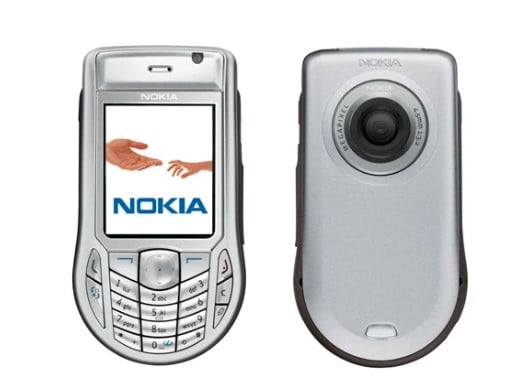
There were some initial limitations, such as video quality, connectivity, and technical issues, but video calling has since become an essential part of communication. It continues to thrive among businesses and individual users. In the post-smartphone era, video conferencing is no longer a dedicated tool or a standalone feature. Most communication tools and apps offer video calling as an added feature. For example, communication apps like WhatsApp, Instagram, and Twitter have their own video-calling features.
The Future: VR and Real-Time Communication
For most individuals in the world, smartphones are a primary tool for video calling. Though smartphones have existed for over 20 years, they have yet to reach a saturation curve. Smartphones remain the go-to device for many. In recent years, other electronic devices, such as virtual reality (VR) and augmented reality (AR) headsets and smart glasses, have gained popularity. With devices like the Apple Vision Pro, which combines both VR and AR capabilities, video calling is reaching new heights, offering more immersive and interactive experiences.
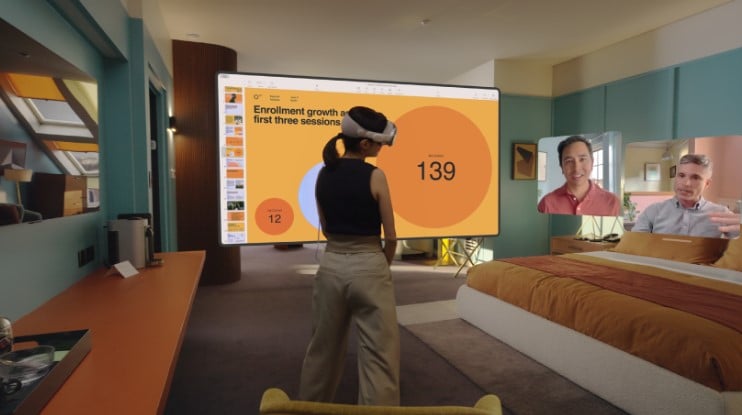
Using these headsets to create virtual environments has immensely improved the video-calling experience. They make it possible for users to immerse themselves in virtual spaces, opening up possibilities like virtual tours, remote training, and even live translation during calls. These headsets can also be used to make video calls with customised avatars that make interactions more engaging. As we keep exploring the potential of headsets and smart glasses, it’s clear that the future of video calling will bring new and interesting possibilities.
Key Takeaways on the Evolution of Communication
Communication is an integral part of society. As humans, we are social beings, and communication facilitates different types of bonds and networking. From cave paintings to long-distance video calling, communication has evolved significantly over the centuries and continues to do so. The future of communication is likely to consist of more advancements like virtual reality that are making interactions feel more like in-person experiences. In fact, innovative and immersive communication can build a bridge that connects the entire globe!
Sources for the Images
-
Apple Vision Pro User Guide, 2024. Stay connected and share memories using Apple Vision Pro.
-
BBC, 2018. Thousands still watch TV in black and white.
-
Clottes, J., 2023. Chauvet–Pont d’Arc
-
Connie, 2023. How to Learn Morse Code.
-
Fandom, n.d. Nokia 6630.
-
Hochfelder, D., 2024. Alexander Graham Bell.
-
Javapoint, n.d. WWW Definition.
-
Judge, P., 2014. The World’s First Smartphone, The IBM Simon, Enters London Science Museum.
-
LTE, 2016. Evolution of Communication - Stone Age to Modern Age.
-
Steber, G.R., 2019. The Story of the Transistor.
References
-
BetterRoaming, n.d. eSIM Installation for iOS and Android devices - How to Install/Activate eSIM.
-
Borth, D.E., 2024. Telephone.
-
French & Co. Limited, JH, n.d. The Printing Press Invention: History, Important Dates, & Facts.
-
Marchant, J. and Mott, J., 2016. A journey to the oldest cave paintings in the world. Smithsonian Magazine.
-
Stein, S., 2024. Apple Vision Pro, One Month Later: It’s in My Life, Sometimes.
-
Tifa, C., 2016. The Writing Instrument (The Reed and Quill) and Ink.
-
University of Minnesota, n.d. Hematite.
-
Vedin, B-A., n.d. The transistor – an invention ahead of its time.
